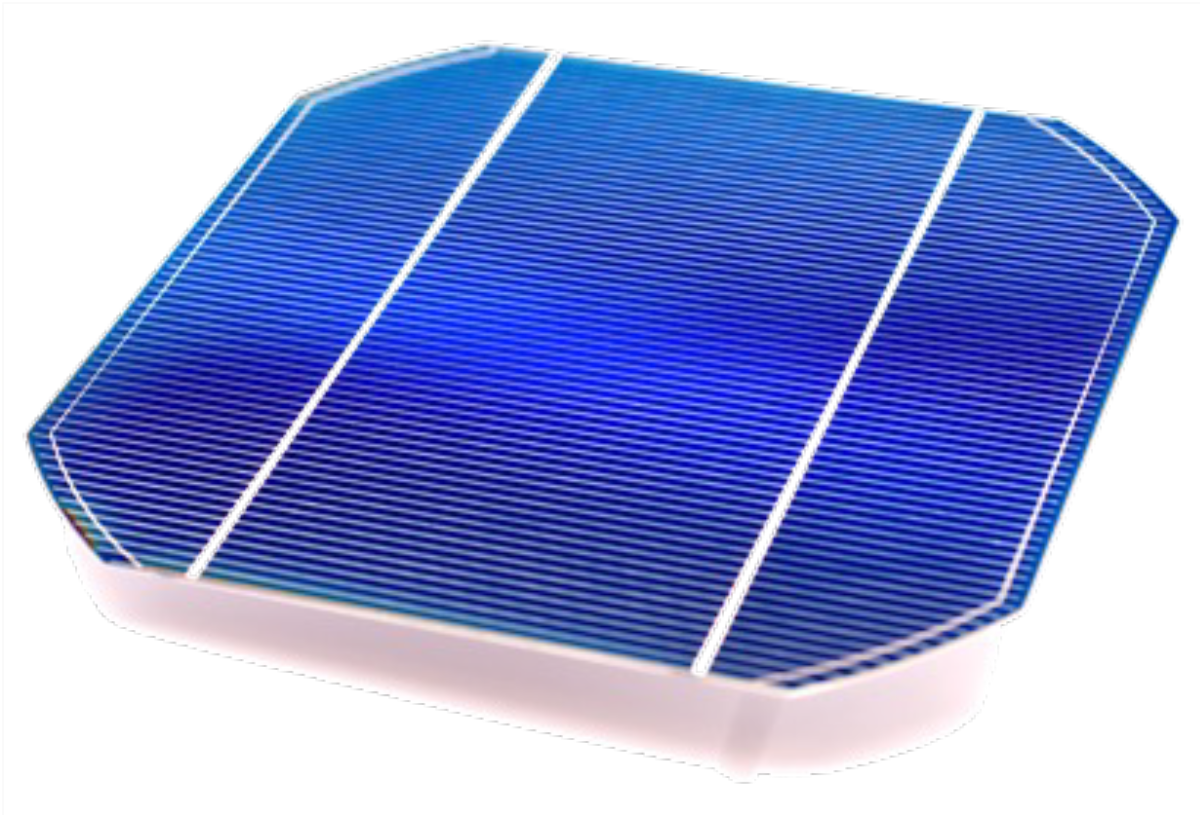The Problem:
Solar cells are widely used and are a great sustainable way to harvest energy. Often the capacitor structures of these solar panels use conventional metal electrodes (aluminum or platinum), however, they still are not incredibly efficient. The power conversion values achieved with these capacitors are not great. Low energy efficiency in turn creates low economic viability, making it harder for industries to incorporate solar panels to produce sustainable energy.
The Solution:
The invention disclosed utilizes thin film, transparent electrodes that are comprised of Lead-Lanthanum-Zirconate-Titanate (PLZT) to overcome the low efficiency drawbacks of the traditional capacitors. The PLZT thin films are fabricated on platinized silicon substrates using a chemical solution deposition method. The result is a novel solar cell with capacitors that utilize the thin film PLZT electrodes.

Benefits:
• Allows for Higher Absorption of Sunlight.
• Increased Power Conversion Efficiency.
• Yields a Higher Output of the Photovoltaic Capacitor.
• Environmental – Increased feasibility of producing sustainable energy.
The University of Alabama Office for Innovation and Commercialization(OIC) is a non-profit corporation that is responsible for commercializing University of Alabama technologies and for supporting University research. At OIC, we seek parties that are interested in learning more about our technologies and commercialization opportunities, and we welcome any inquiries you may have.